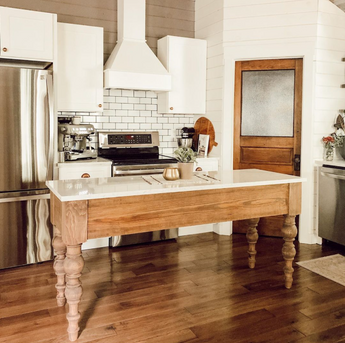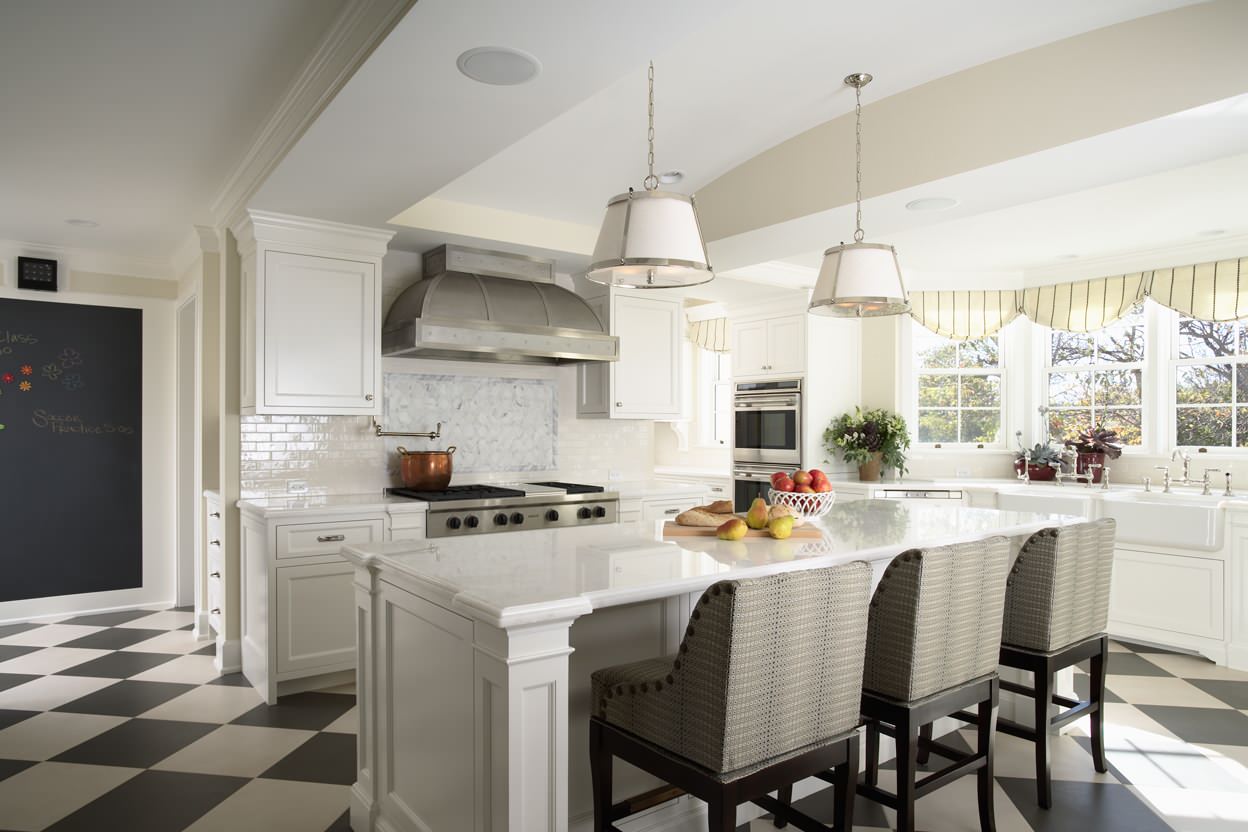A Comprehensive Overview to Picking the Right Kitchen Island Leg
A Comprehensive Overview to Picking the Right Kitchen Island Leg
Blog Article
The Importance of a Sturdy Kitchen Area Island Leg in Developing a Functional Food Preparation Area
A tough kitchen island leg offers as an essential part in establishing a functional food preparation setting, giving required support for both the countertop and various kitchen activities. The security it uses can dramatically minimize the risk of crashes in high-traffic areas, while also contributing to the overall visual coherence of the room. As kitchens advance into multifunctional areas for cooking, eating, and socializing, the choice of materials and design considerations for island legs becomes increasingly vital. Understanding these elements can transform your cooking area right into a more secure and extra reliable location, motivating more expedition into the very best choices readily available.
Benefits of Sturdy Island Legs
Giving vital support, strong cooking area island legs play a crucial role in improving the capability and longevity of kitchen area islands - kitchen island leg. These legs not only bear the weight of the kitchen counter and any additional products positioned on the island, yet also add to the general security of the structure. A well-supported cooking area island guarantees that it stays practical and upright, also under heavy use, which is particularly crucial in busy kitchen area environments
Additionally, sturdy island legs can improve the visual appeal of the cooking area. They provide a strong structure that can complement numerous design styles, from modern-day to conventional. This convenience enables homeowners to personalize their cooking area islands according to personal taste while making certain that the structural stability continues to be uncompromised.
In addition to their helpful duty, durable kitchen island legs can additionally improve safety. Eventually, spending in strong kitchen area island legs is necessary for a practical and visually pleasing cooking area.
Products for Cooking Area Island Legs
When picking products for kitchen area island legs, sturdiness and visual allure are vital factors to consider,. One of the most usual materials include wood, metal, and engineered timber, each offering special benefits.
Hardwood, such as maple, oak, or cherry, is a traditional option because of its stamina and timeless beauty (kitchen island leg). It can withstand substantial weight and is resistant to wear, making it ideal for high-use kitchen atmospheres. Furthermore, wood can be tarnished or repainted to enhance different kitchen area styles
Steel legs, commonly crafted from stainless steel or wrought iron, provide a commercial and modern appearance. They are extremely solid and can support considerable loads while being immune to moisture and warmth, which is helpful in a cooking area. Metal legs can also be quickly cleansed, improving their practicality.

Design Factors To Consider for Stability
The selection of materials for kitchen island legs directly influences the style considerations for stability. When making a kitchen area island, it is critical to review the weight-bearing capability of the picked materials. Larger materials, such as strong wood or steel, commonly offer greater security, particularly under the tension of daily use.
Furthermore, the leg style must include correct geometry to boost stability. A broader base increases the support location, reducing the danger of wobbling or tipping. Factor to consider should likewise be offered to the height of the legs; disproportionate leg sizes can result why not try these out in inequality, endangering the overall stability of the island.
Moreover, the circulation of weight throughout the island is vital. Ensuring that the leg positioning lines up with the heaviest components, such as countertops and devices, will even more boost stability.
Upkeep Tips for Longevity

Cleansing is one more important facet of maintenance. Depending on the material of the legs-- whether timber, metal, or composite-- suitable cleansing techniques should be utilized. For wood legs, a gentle wipe with a moist towel and a suitable timber cleaner will certainly aid preserve their surface. Metal legs might require a light polish to stop corrosion and maintain their radiance.
If the kitchen island experiences hefty use, take into consideration strengthening the legs with additional braces or supports to enhance durability. By complying with these maintenance tips, home owners can ensure their cooking area island legs stay functional and durable for years to come.
Selecting the Right Leg Style
Routine maintenance makes sure that cooking area island legs continue to be sturdy and functional, however picking the right leg design is equally vital for both appearances and assistance. The choice of leg style can significantly influence the total design and consistency of your cooking area.

Capability is an additional vital facet. For example, thicker legs or those with a tough base can support heavier counter tops and equipment, improving the island's utility. Conversely, slim legs might create an airy appearance, appropriate for lighter designs however potentially less supportive.
Conclusion
In summary, the value of tough kitchen area island legs can not be overemphasized in the development of a functional food preparation area. These legs provide crucial assistance, enhance security, and contribute to the total aesthetic of the kitchen.
A strong kitchen area island leg offers as an essential component in developing a practical cooking setting, offering necessary assistance for both the counter top and various cooking area tasks.Giving vital support, strong kitchen island legs play an essential role in improving the functionality and longevity of kitchen area islands. Inevitably, investing in tough kitchen island legs is crucial for a practical and aesthetically pleasing cooking area.
Factor to consider must also be given to the height of the legs; out of proportion leg lengths can lead to imbalance, jeopardizing the total stability of the island.
Wood legs provide warmth and a traditional appearance, while steel legs offer a commercial and modern feel.
Report this page